Introduction
Here is a guide I wrote for June fishing for largemouth, smallmouth, and spotted bass. Although June is a good month for catching these three varieties of bass, doing so might be difficult, especially if you don’t know their preferences and behaviors.
Each species of bass has its own distinct characteristics, and from my experience I’ve learned that the key to success is recognizing their preferences and tailoring your approach appropriately. I’ll outline the methods I’ve discovered for capturing each of the three varieties of bass in this article, along with the best gear to utilize for each.
Largemouth Bass
The three species are more difficult and exciting to catch since largemouth bass are the most well-liked and extensively spread of the three. These fish are typically found in warm, shallow water, usually no deeper than twenty feet, in ponds, creeks, and lakes.
The ideal locations for largemouth bass include weedy areas, areas close to objects like rocks or stumps, and areas with drop-offs next to deep water. You can ascertain these fish’s direction by comprehending the surroundings. I generally avoid artificial bodies of water since bass prefer natural habitats with pure, fresh water and little pollution.
Largemouth bass prefer water between 68 and 72 degrees Fahrenheit, which is typically the case in June, making it the ideal month to go fishing. These water and climatic conditions frequently support large populations of baitfish that are ideal for bass to eat.
Lures and bait
Certain lures are attractive to largemouth bass. Among the best lures that work well are weedless jigs, topwater plugs, and spinnerbaits.
Popular lures include spinnerbaits, which include a spinning metal blade attached to a wire that is attached to a hook. The greatest areas for using spinnerbaits are close to weed beds, around buildings and docks, and along the shorelines. They are an appealing food for bass because they imitate the movements of little fish in the water.
Topwater plugs are available in a variety of forms, dimensions, and hues. These lures move and float on the surface of the water, attracting fish that are swimming beneath them. Stick baits, poppers, and prop baits are all interesting alternatives.
The most effective type of bait is live bait. However, fisherman can also capture largemouth bass using artificial lures or bait. Use bigger or smaller bait depending on the size of the fish you are aiming for.
Tactics and Techniques
The secret to getting largemouth bass is to move quietly and covertly. These fish are prone to startle easily and flee when they perceive danger, making it difficult for you to catch them.
When fishing for largemouth bass, I normally advise utilizing a slow and steady retrieve, especially when close to obstructions like stumps or rocks. When the fish are in a dormant state, this strategy often works better. However, there are situations when you may need to employ quick retrieval techniques to elicit an aggressive reaction and get the fish’s attention.
When you’re not having success, changing the lure kind and presentation is another strategy that may work. For instance, if you are not getting any bites, you could switch out a slow-moving spinnerbait for a faster-moving topwater plug.
Best Places To Find Largemouth In June
First things first: during the summer, largemouth bass are frequently seen in shallow water. When you’re scoping out potential locations, bear in mind that they’re seeking cooler water and an abundance of food. Here are a few particular types of locations that have produced good results for me and other fishermen I know.
Weedy shallows
Because they offer cover and a variety of food sources, largemouth bass prefer to linger out in weedy areas. Look for regions with lily pads, thick grasses, and other weeds. Cast your line close to these areas’ edges and allow your bait to tangle itself in the weeds. It could be necessary to remove some grass tangles, but it will be worthwhile to catch a large bass.
Drop-offs
Another well-known location for bass fishing is this one. Look for places where the depth of the water abruptly changes from shallow to deep. Because they can move readily between shallow and deep water to acquire food, bass will frequently congregate close to these locations. To swiftly reach the bottom and check for any large bass hiding below, use a jig or other heavy bait.
Points
Points are regions of the lake where it protrudes into the water. Bass adore the abundance of underwater structure in these places. Additionally, they might draw baitfish schools, which then draw bass. Place your bait back toward shallow water after casting your line close to the tip. To figure out what works best, you might have to experiment with various bait kinds and retrieve techniques.
Docks
Because they offer protection and shade, docks and other man-made buildings can make excellent bass fishing locations. Keep an eye out for docks with a lot of pilings or other submerged structures. Work your bait along the edges as you cast your line in the direction of the dock. To see if it draws any bites, you might also want to try bouncing your bait off the pilings.
Bays
Larger shallow water regions called bays are frequently bordered by trees or other kinds of flora. Because they offer a lot of cover and food sources, these locations can be excellent for bass fishing. Find regions with a lot of submerged structure, such as brush piles or fallen trees. Place your bait back toward deeper water as you cast your line at the structure.
outflow and inlet
There are places called inlets and outlets where the lake’s water flows into or out of it. Because the fish have a steady supply of food in these places, they can provide excellent locations for bass fishing. Look for regions where the water is passing by submerged rocks or other structures. You should cast your line in the direction of the current to see if any bass will take your bait.
In conclusion, June is a wonderful month for catching largemouth bass on a lake. There are many great places to explore, including weedy shallows, drop-offs, points, docks, bays, and inlets/outlets. To determine what works best, be persistent and test out various baits and retrieves. Of course, you should always ensure you have the appropriate fishing license and observe all local fishing laws. Best of luck and have fun fishing!
Smallmouth Bass
Compared to largemouth bass, smallmouth bass are typically found in deeper, cooler waters. They are exciting to catch since they are more active and aggressive than the other two kinds.
Smallmouth bass thrives best in sandy or gravelly bottoms, wells, rock piles, or areas close to bridges. Because it swims in schools and is a predator that is always looking for prey, the smallmouth bass is not as dependent on cover.
58 to 68°F is a more comfortable temperature range for these fish than the warm waters that largemouth bass enjoy.
Lures and Bait
Soft plastics and jigs are examples of subtle, slower lures that smallmouth fish are drawn to. The most popular options consist of tubes, worms, and creature baits. These lures move in a manner reminiscent of the little fish and other prey upon which smallmouth bass feed.
Fishing for smallmouth bass can also be successful with live bait, like as minnows or crawfish.
Tactics and Techniques
Smallmouth bass are less dependent on artificial lures than other species of bass, thus using natural bait, such as minnows or other species of small fish, is the best way to capture them.
Using soft plastics and slow-moving jigs is another well-liked method. These can be useful for scouting out bigger regions of water until you locate a school of fish, at which point you can switch up your approach to concentrate on those spots where you get bites.
The sun’s rays and the weather should also be considered when smallmouth bass fishing. In contrast to the midday heat, they often are more active early in the morning and late in the evening. You will have a better chance of success if you take advantage of these trends.
Best Places To Find Smallmouth Bass In June
I’ve discovered as a seasoned angler that there are a select few locations on a lake that are pure gold for catching smallmouth bass in June. These locations are often distinguished by particular water characteristics, kinds of cover, and unmanmade elements that draw smallmouth bass. I’ll outline my top summertime fishing locations in this article so you may enjoy a productive day on the water as well.
I’ve discovered that rocky points and shoals are the best places to hunt for smallmouth bass in June. Rockier points are preferred by smallmouth fish because they offer cover and structure. The bass use the rocks as cover to ambush their prey, and they can hold on to the drop-offs and underwater rock ledges for support. I usually begin by casting parallel to the beach and letting my bait descend to the deeper water while fishing rocky points. I mimic the movement of the creature by using a slow retrieve and letting the bait bounce off the rocks. According to my observations, the best times to fish rocky points are in the early morning and late afternoon when the water is colder.
Weed beds are a fantastic place to catch smallmouth bass in June. Smallmouth bass can find protection and safety in weed beds, which are also a fantastic source of food. Smallmouth bass enjoy pursuing prey like minnows and crayfish in the vicinity of weed beds. I like to utilize weedless lures like a Texas-rigged worm or swim bait when fishing in weed beds. You should cast your bait past the weed bed and slowly retrieve it, letting it bounce off the weeds.
I’ve discovered that submerged humps and islands, in addition to rocky points and weed beds, are very effective for capturing smallmouth bass in the summer. Submerged humps are underwater mountains where the surrounding water depth rapidly declines. Because they provide both structure and cover, submerged humps are a favorite hangout for smallmouth bass. I prefer to use a drop shot rig and a finesse worm to fish underwater humps. Cast your rig past the hump and carefully bring it back to the boat while it bounces off the ground.
Last but not least, pay attention to shorelines with sharp drops. Drop-offs draw smallmouth fish because they provide access to both shallow and deep water. I prefer to employ a method called “fishing the break” along these shorelines. Cast your first line parallel to the coast, letting your bait sink to the bottom of the drop-off. After letting your bait sit for a short while, slowly retrieve it while letting it slide back down the drop-off. Continue doing this until you discover the area where the fish are biting.
Pay attention to the water temperature as another suggestion for smallmouth bass fishing in June. Targeting regions with water temperatures in that range will help you catch more smallmouth bass, which like water temperatures between 60 and 75 degrees Fahrenheit. Additionally, water temperature might influence the depth at which fish will bite. While warmer water will push the fish deeper, cooler water may bring the fish closer to the surface.
Consequently, there are a select few prime locations on a lake that are quite effective for capturing smallmouth bass in June. You should aim for shorelines with steep drop-offs, rocky points, weed beds, and underwater humps. To get the best results when fishing these locations, it’s crucial to employ the proper bait and methods. Be patient while paying attention to the weather, water temperature, and other factors. You’ll have a terrific fishing day and a cooler full of delectable smallmouth bass if you put in a little work.
Spotted Bass
The spotted bass is frequently the most difficult of the three species to catch since it might be more difficult to find and hook them. They are typically located far from buildings and other obstructions, in deep water, and in the shade.
For spotted bass, rocky bottoms, current breaks, humps, and other structures provide the optimal habitat and environmental conditions. These fish can be found at depths of more than 20 feet and prefer cooler water.
Although some spotted bass can be found in rivers or streams, reservoirs are where you’re more likely to find them.
Lures and Bait
Basic worm rig or retrieve approaches work well on spotted bass. It is drawn to jigs in a variety of colors with different combinations of skirts, craw trailers, creature baits, and prey imitations including shad, sunfish, minnows, and even crawfish.
Tactics and Techniques
Spotted bass can be sensitive to even the smallest movements or sounds and are frequently found in schools. It is crucial to enter their environment gently and discreetly because of this.
employing a slow, steady retrieve while employing lures is a useful method for spotting bass. If this method isn’t working for you, try experimenting with different lure types or presentations until you find one that does.
Utilizing a drop-shot setup is another smart move because it reduces the possibility of scare the fish.
Best Places To Catch Spotted Bass In June
June is one of my favorite months of the year to fish for spotted bass as a serious angler. Early summer is considered to be a highly active time for spotted bass, which makes it simpler to catch them. But if you want to have a great fishing excursion, the site you pick is crucial, just like with any other species of fish. I’ll discuss my favorite lakes in this article where you can catch spotted bass in June.
We’ll start with rocky terrain. For June spotted bass fishing, rocky points are the best spots since they offer the fish the proper habitat. Rocks are a favorite hangout for spotted bass because they may hide there from raptors and ambush prey. Spotted bass will start to travel near these rocky spots to feed once the water temperature starts to rise. In June, they typically spend the day in the deeper water and the evening and early morning hours in the shallow areas of the rocky points. Knowing the water depth surrounding the rocky point is essential for determining where the bass are holding. It’s always advisable to use a darker bait while fishing in muddy water. Use a more vividly colored bait to draw fish if the water is clear.
Weed beds are another excellent place to go spotted bass fishing in June. Weeds thrive during the warmer months and entice baitfish, which in turn draws spotted bass to the region to graze. Since the weed beds are frequently in shallow water, wading and casting are ideal there. When fishing for spotted bass in a weed bed in June, try luring the fish with a soft plastic worm or jig. It might be challenging to fish in weed beds since the weeds can easily catch your line. However, you can still catch excellent fish if you fish gently and methodically.
In June, I advise targeting spotted bass around structure as the third site to try. This might apply to both man-made buildings like docks and natural structures like downed trees or submerged logs. The building acts as a haven for the spotted bass, making it an excellent place to catch them. You can entice them to strike by using a topwater bait, such as a popper or frog, as they wait for their prey to pass by.
Currents is the fourth location I suggest. During the early summer, currents can be a great place for anglers to find spotted bass since they enjoy moving water. This is because nutrients, baitfish, and other food species are transported into these locations, giving spotted bass a plethora of food sources. On a lake, creeks, inlets, and outflows typically have the most current in June. The ideal method for this is to tempt the fish by using a swimbait or jerkbait that flows with the current.
Finally, I advise fishing in coves. Coves are the ideal spawning grounds for spotted bass as the temperature rises in June due to the warmer weather. The male fish will vigorously defend their nests in these regions, which offer a protected habitat for the fish to get ready for spawning. Because of this, it is the ideal location for anglers to pursue male spotted bass. When fishing in a cove, tempt the fish by using a finesse method that includes a shakey head worm, drop shot, or wacky rig.
The aforementioned five locations are, in sum, the best sites to capture spotted bass in June. Targeting spotted bass is made possible by the rocky points, weed beds, structures, currents, and coves, among other things. But bear in mind that these are only rough locations. Understanding the species and adjusting your fishing technique to the day’s conditions are essential for catching spotted bass. Have fun fishing!
Bonus Tips
Having the right gear is essential when fishing for bass. A high-quality fishing rod and reel combination
is vital, as well as selecting the appropriate line and leader materials based on the targeted fish.
It is also essential to be cautious and approach fishing areas quietly so as not to spook the fish. Wearing muted clothing, using a trolling motor rather than the main engine, and avoiding sudden movements will significantly increase the chances of catching fish.
Finally, it is essential to properly handle and release the fish carefully to ensure their safety and the sustainability of the bass population.
Conclusion
Catching largemouth, smallmouth, and spotted bass is an exciting and challenging endeavor. By understanding the different habits, preferences, and techniques for each species, anglers can significantly increase their odds of success while experiencing the thrill of catching these beautiful fish.
Remember, the key to success is patience and the willingness to experiment until you find what works best for you. By putting my tips and techniques into practice, you’ll be on your way to catching more bass this June season. Happy fishing!

How deep to fish for bass in summer
Fishing for bass in the summer can be quite challenging considering the heat of the sun and the activity of the fishes. Often, this season gives fishermen a hard time finding the right depth to catch bass. There are a lot of variables to consider to bag a substantial harvest during the summer season. Every […]
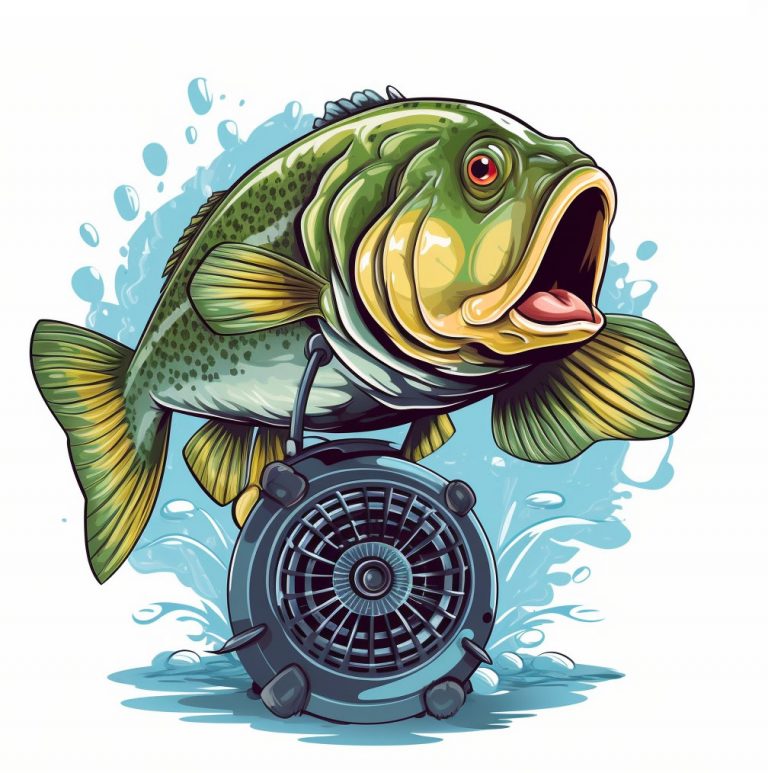
Why are bass hard to catch in the summer?
Summer bass fishing can be a challenging task for many anglers. Bass are known for their elusive and hard-to-catch nature, and summertime can make this even more difficult. There are several reasons why bass can be tough to catch during the summer months, and understanding these factors can improve your chances of success. In this […]
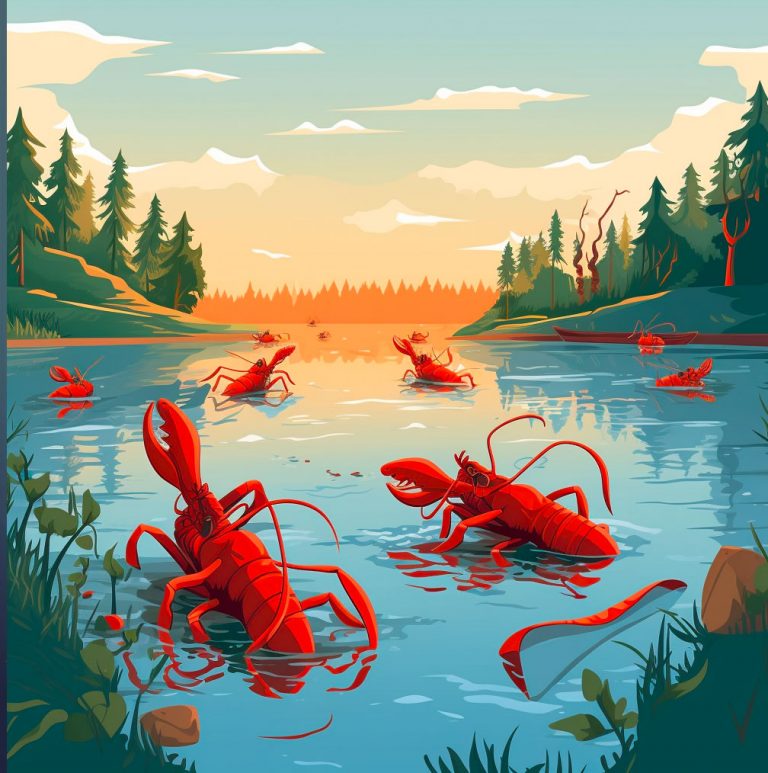
How To Catch Bass During Crawfish Season
As a seasoned angler, I have come to realize the value of comprehending the behavior of the fish you are attempting to catch and the prey they consume. The crawfish is one prey that is very active and common during the bass fishing season. I’ll share my knowledge and expertise on how to capture bass […]
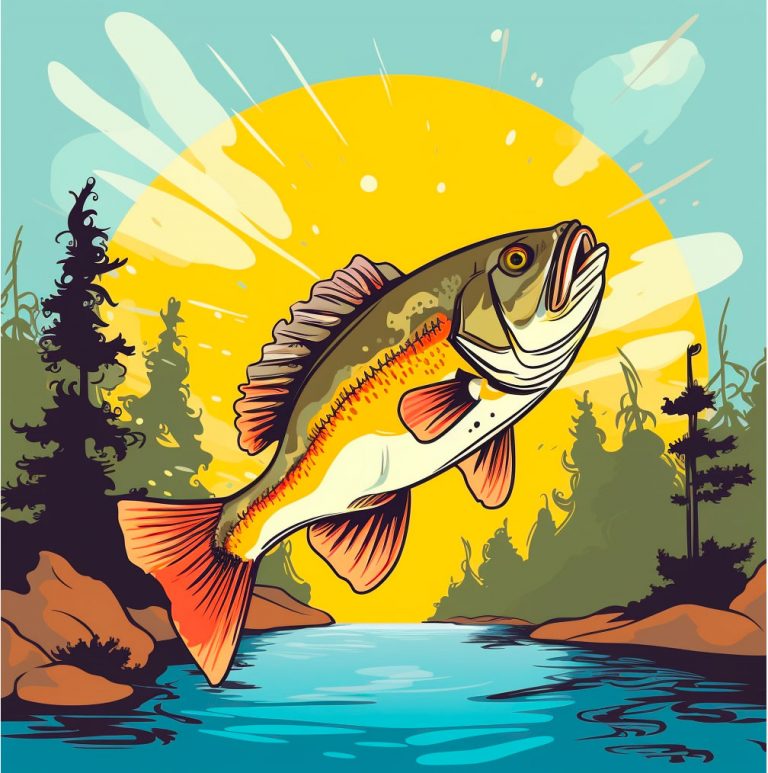
Summer Bass Fishing: Find Bass Fast
Introduction: Summer is a great time to hit the water for some bass fishing. As the water temperatures rise, the bass become more active and their feeding patterns change. However as you enter the dog days of summer the fish can all but seem to disappear at certain times. We’re going to show you how […]
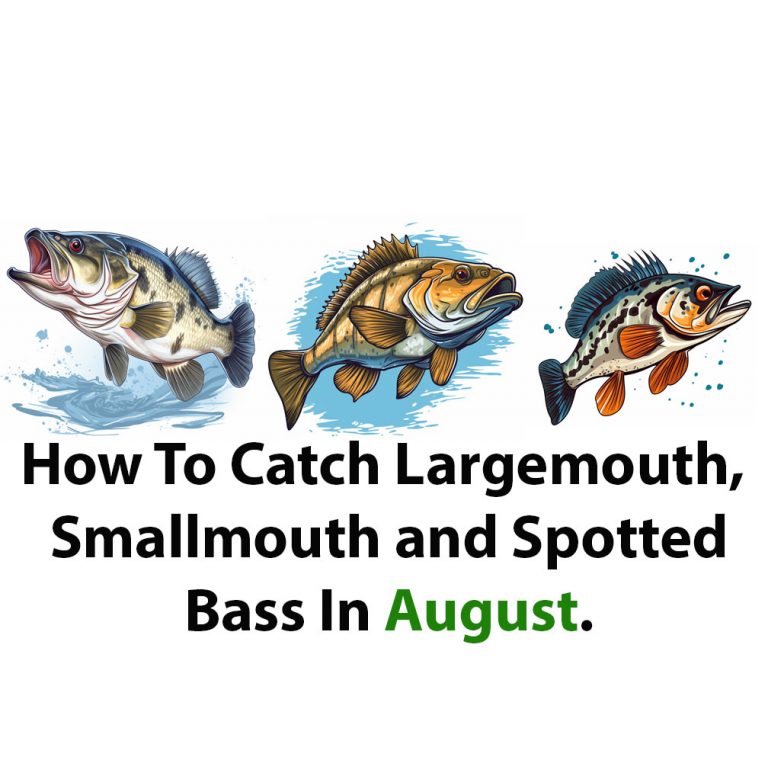
How To Catch Bass In August
Introduction I get a kick every time I step into the water since I’m an experienced bass fisherman. And as August approaches, that sensation only intensifies. The water is warm, the temperatures are high, but most importantly, the fish are biting. But as any angler is aware, casting a line and waiting for a pull […]
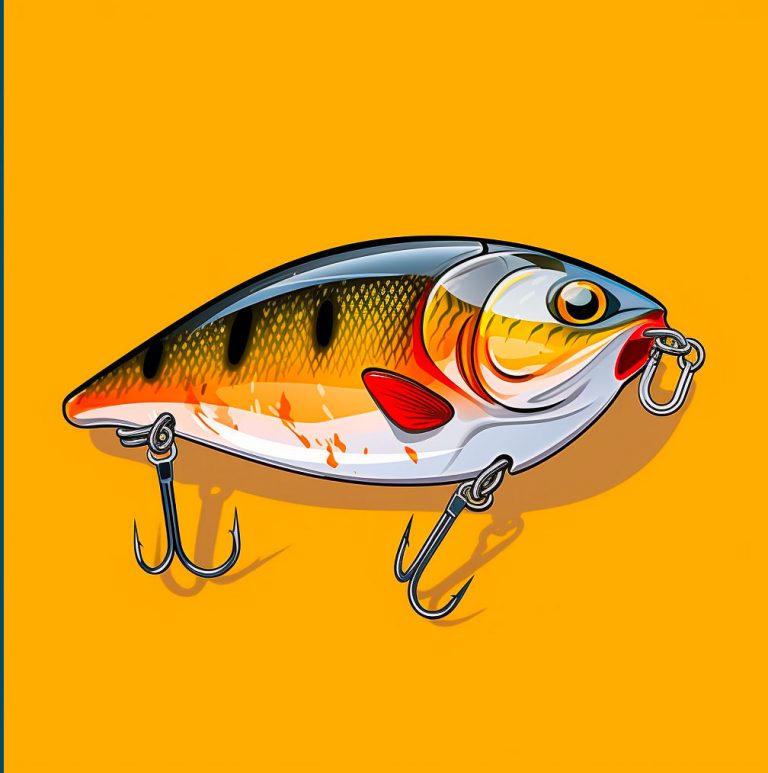
The Best Crankbait For Summer Bass
Introduction Crankbaits are one of the most popular lures in bass fishing, as they are versatile and can be used in a variety of fishing environments. However, choosing the right crankbait is crucial for successful fishing in the summer months when bass behavior changes and water temperature increases. In this article, we’ll cover the factors […]

